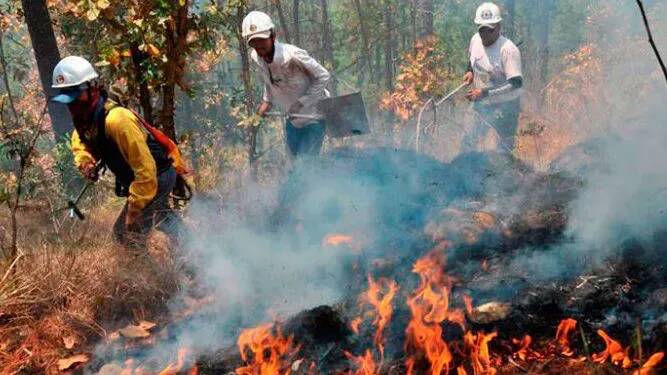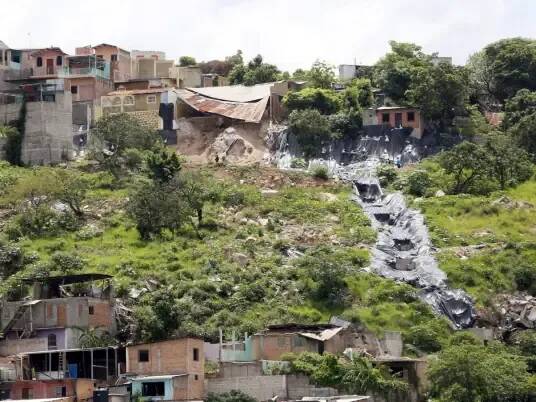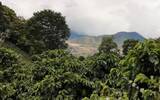Honduras coffee exports decrease! Foreign exchange earnings decreased by $100 million
Honduras is the largest producer and exporter of washed Arabica coffee in Central America, but recently, the chairman of the Honduran National Coffee Council said that the Honduran coffee industry is currently in trouble, mainly in terms of coffee production and exports.
Due to low coffee exports, foreign exchange earnings fell by nearly US$100 million in the first four months of this year. If this trend continues, foreign exchange earnings this year are forecast to fall by about US$300 million. According to statistics, coffee planting revenue in 2022/23 will be US$1.45 billion, but coffee planting revenue in 2023/24 will be approximately US$1.05 billion to US$1.1 billion, a decrease of 27% in comparison.
The decline in coffee exports is mainly due to the decrease in coffee production. Earlier, the U.S. Department of Agriculture released a report on Honduras 'coffee industry, which pointed out that due to weather changes, high incidence of coffee leaf rust and continued labor shortages, Honduras' coffee production in 2023/24 is expected to fall by 24% to 5.5 million bags.

In terms of weather, due to the influence of El Niño, Honduras 'temperatures hit a new high. It experienced the hottest and driest year since 1992, with the highest temperature reaching 38-40℃. In June, Honduras entered the rainy season, but there were heavy rains and disasters.
According to the National Risk and Emergency Management Secretariat of Honduras, floods and mudslides caused by heavy rains have led to road damage and river flooding. Emergency action is needed to deal with floods and mudslides caused by heavy rains.

In addition, it has been previously reported that a threshold of 5-20% for brown leaf rust indicates a moderate incidence, while the average incidence of leaf rust in several coffee-producing areas in Honduras is 5.8%. However, coffee rust spores will be spread through rain and wind, which may further increase the incidence and ultimately continue to affect the yield of the new season.
In addition, due to the resumption of coffee production in Brazil, international prices in Arabica have begun to decline. For Honduras, falling prices and the high competitiveness of other coffee-producing countries have always threatened the Honduran coffee industry.
However, according to the ICO report, coffee exports from many coffee-producing countries in Central America have declined since the beginning of this year. In May, coffee exports fell by 12.6% to 1.66 million bags. Some industry insiders believe that this is mainly because it is currently in the off-season and local farmers intend to keep stocks, hoping to sell coffee until the price of coffee rises further, which will have a negative impact on exports.
To this end, the chairman of the National Coffee Council of Honduras warned of the need to review variables that affect producer income. If urgent measures are not taken to increase coffee production, harvests will continue to decline, affecting producers and the country as a whole. It also called on the government, coffee institutions and producers to perform their respective duties and work together to respond to the crisis.
Important Notice :
前街咖啡 FrontStreet Coffee has moved to new addredd:
FrontStreet Coffee Address: 315,Donghua East Road,GuangZhou
Tel:020 38364473
- Prev

Panama| Introduction to Carmen Manor in the Vulcan Region
Panama Coffee has a high reputation in the global coffee market, driven by the Panamanian Specialty Coffee Association (SCAP), which designs and organizes the Best Of Panama (BOP) competition. After its launch, high-quality coffee beans continue to emerge, and
- Next

How to tell if the bitterness of coffee is over-extracted or over-roasted? How to control the parameters of hand-brewed coffee?
Yesterday, Qianjie received a very interesting question. It came from a guest friend. He asked Qianjie, why was the coffee still so bitter when he clearly made the interception operation? Good, this is another friend who was intercepted and misled ~ In fact, the reason is very simple, because the extracted tail is not the main source of bitterness. And the bitterness is also
Related
- What effect does Italian American coffee with filter paper have? Will coffee taste better if it is put on filter paper at the bottom of the powder bowl?
- What is the color difference in coffee beans? What are the characteristics of honey processed coffee beans? Why are the anaerobically treated coffee beans uneven in color?
- How does novice Xiaobai quickly get started and make coffee? Newbies learn to make coffee by hand and share the specific steps and process process!
- Costa tea has a shelf life of 100 years?! Expert: Unable to verify
- It's a huge uproar! American milk addition was rejected by Manner employees?!
- Mocha pot coffee bean recommendations| How fine and how much powder should be used for grinding? What parameter ratios do I need to use to make milk with Mocha pot coffee?
- What are the characteristics of the world's top ten coffee beans treated with Costa Rica honey? How to make black honey kadura from Tarazhu Pilon Processing Plant taste good?
- How to make deep-roasted coffee? What grinding water temperature does authentic Jamaica Blue Mountain No. 1 coffee use to brew it well?
- Selected high-grade rose summer coffee flavor tasting guide Why Panama rose summer has the aroma of flowers and fruits
- What equipment does a novice Xiaobai need to buy to learn to make coffee? Filter cup electronic scale bean grinder manual flushing pot purchase guide

